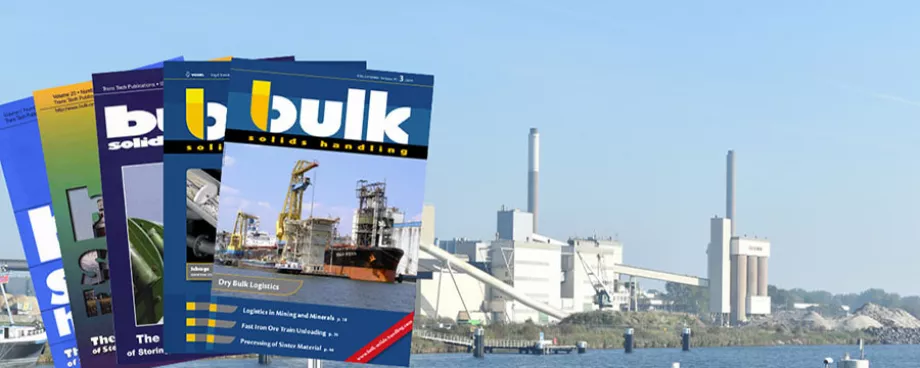Pneumatic conveyors may be classified according to the systems used into:
- highand low-pressure conveying through pipelines,
- suction conveying through pipelines, and
- conveying through airslides.
The criteria for design of such systems i.e. air pressure air quantity, and specific energy consumption depend on the characteristics of the material to be conveyed. A completely satisfactory choice in favour of one or the other conveying system cannot be made. In choosing the conveying pressure it has to be remembered that greater conveying rates can be achieved by high-pressure conveying·. longer distances can also be traversed in comparison to other systems.
The question of whether to use suctionor pressure-conveying can only be answered after careful study of local conditions. The following is helpful in coming to a decision: the suction system is normally used when conveying bulk cement from one, or a multiplicity, of pickup points to a single delivery destination, the pressure system is suitable when conveying from one pickup point to a multiplicity of delivery points.
In a combination of suctionand pressure-conveying in a pneumatic transport line the specific advantages of each system can be optimally used with regard to the conveying rates and distances required. This technique of pneumatic conveying has been developed by and is available through Claudius Peters AG, Hamburg.
■







